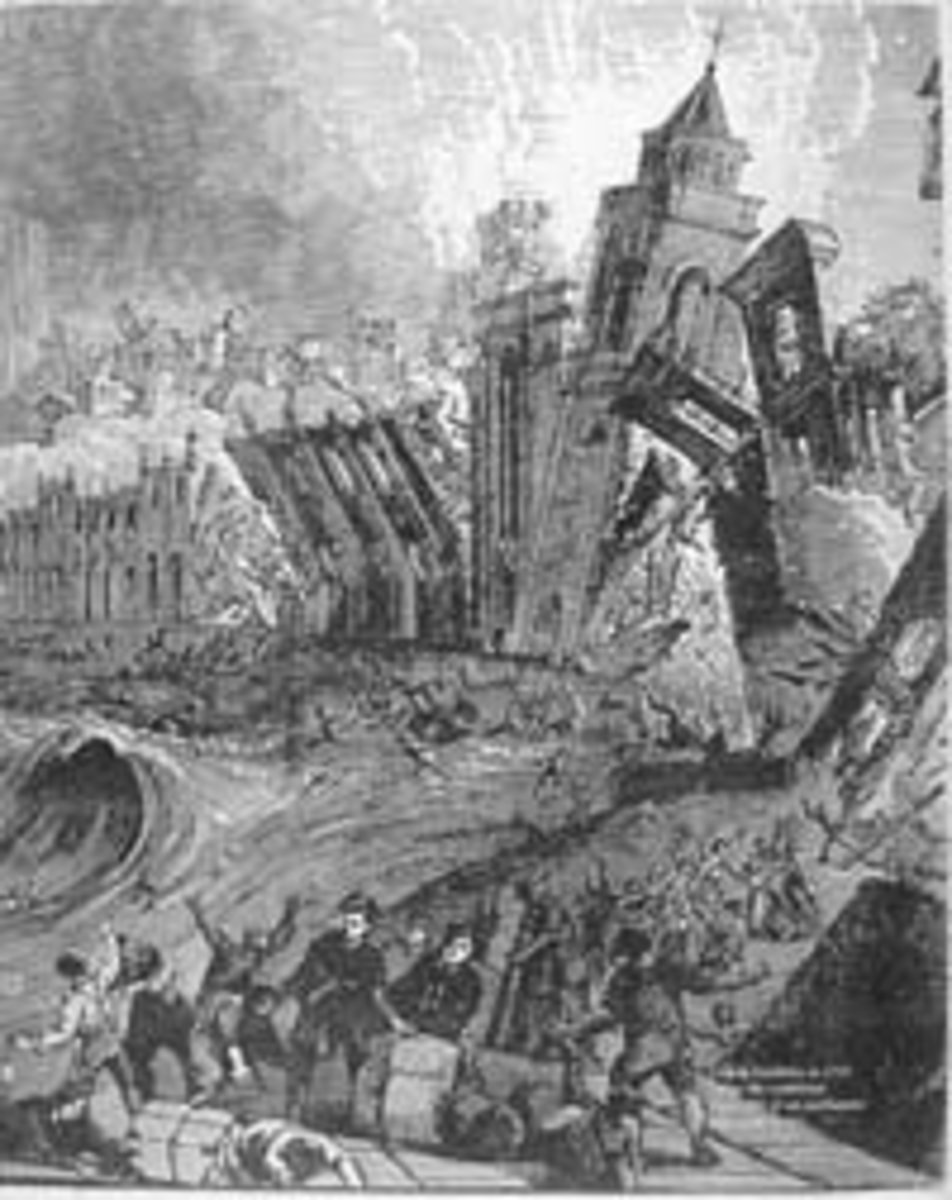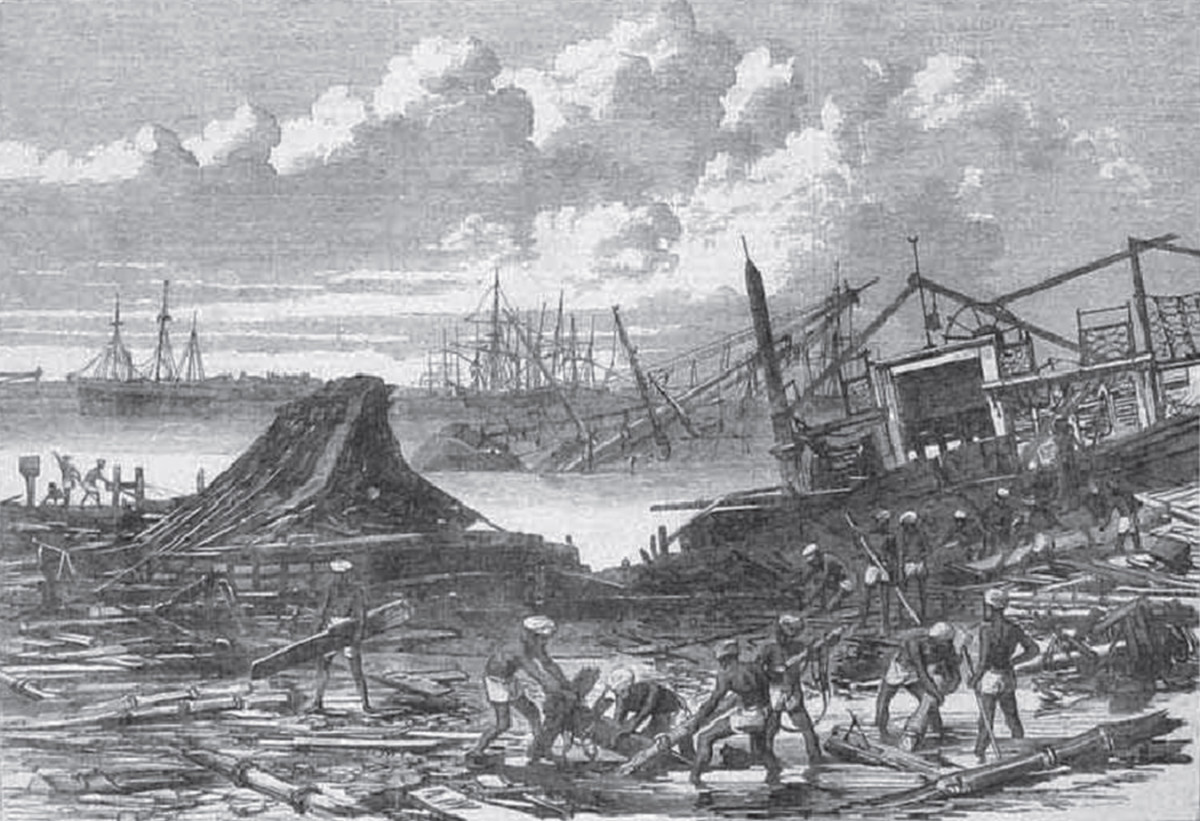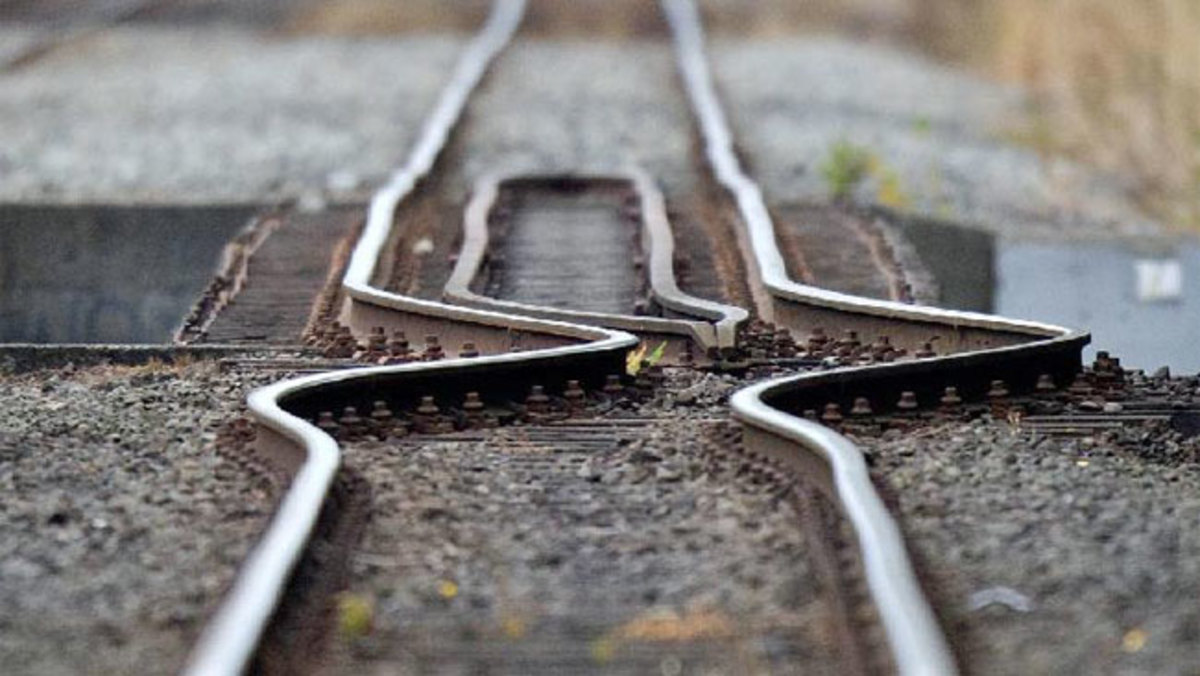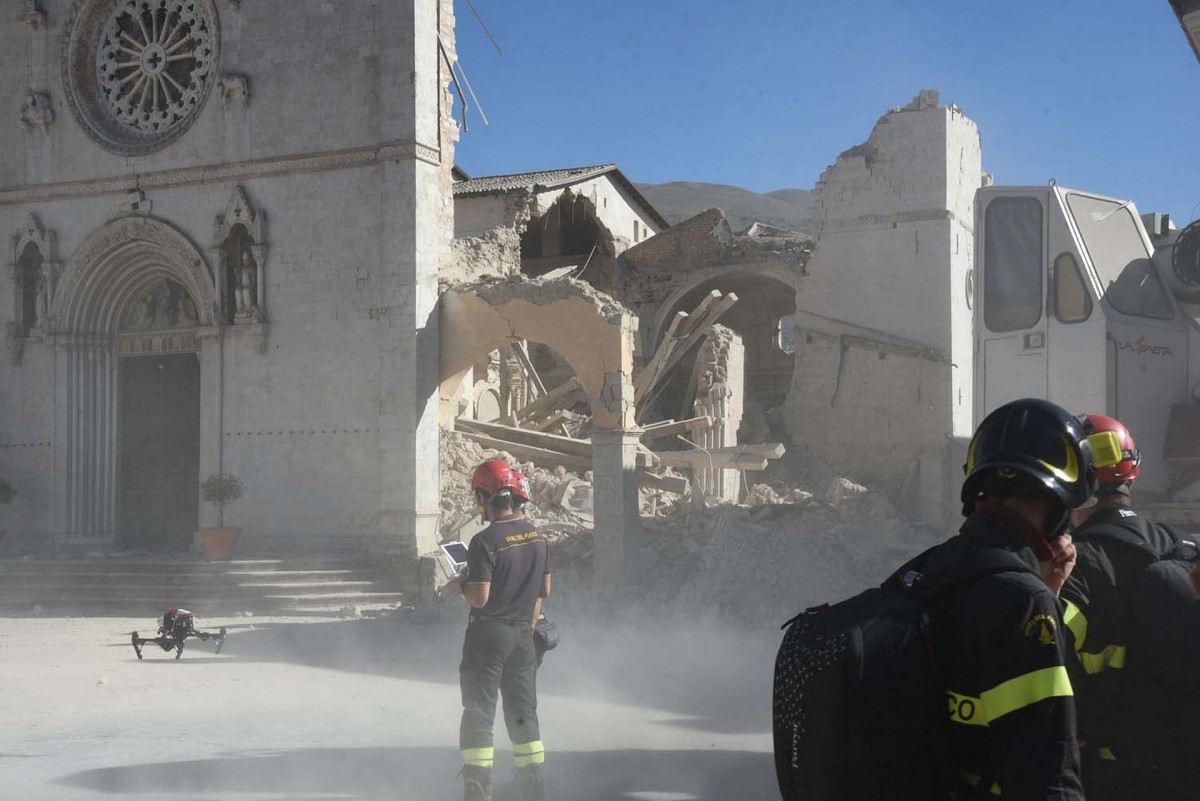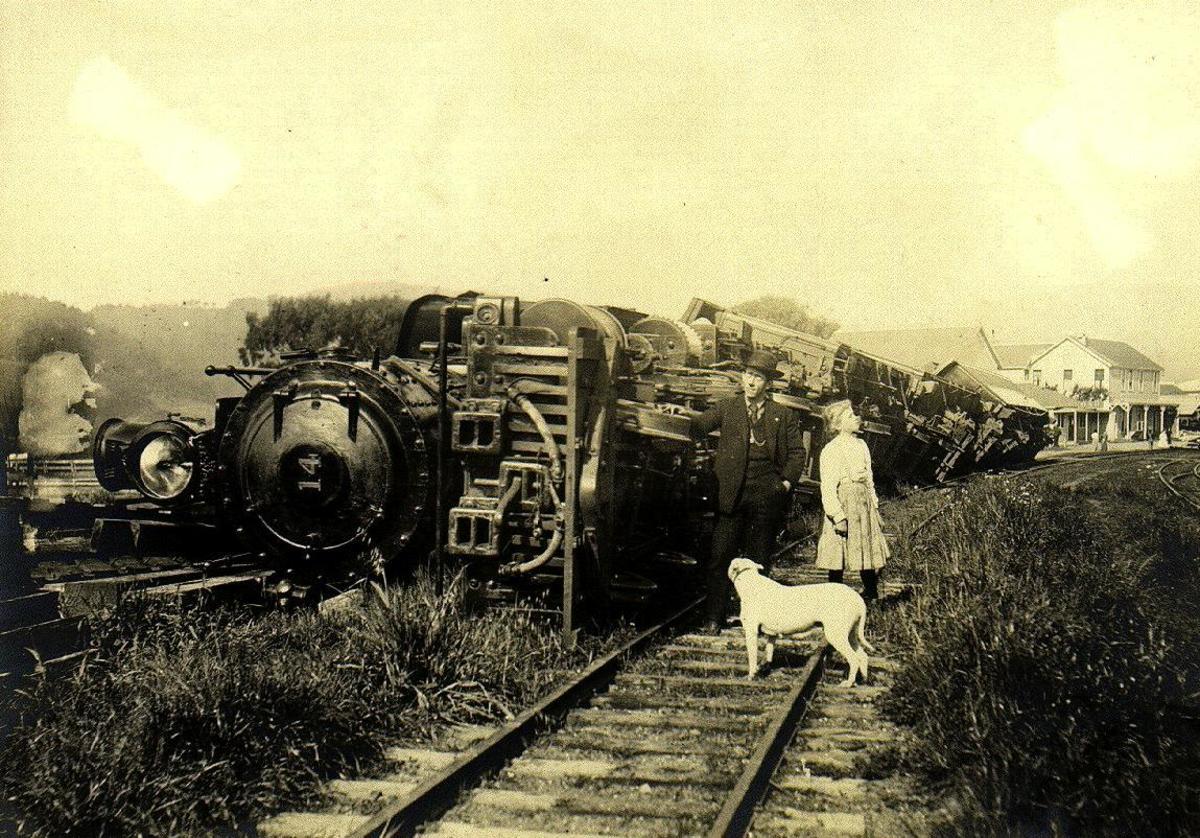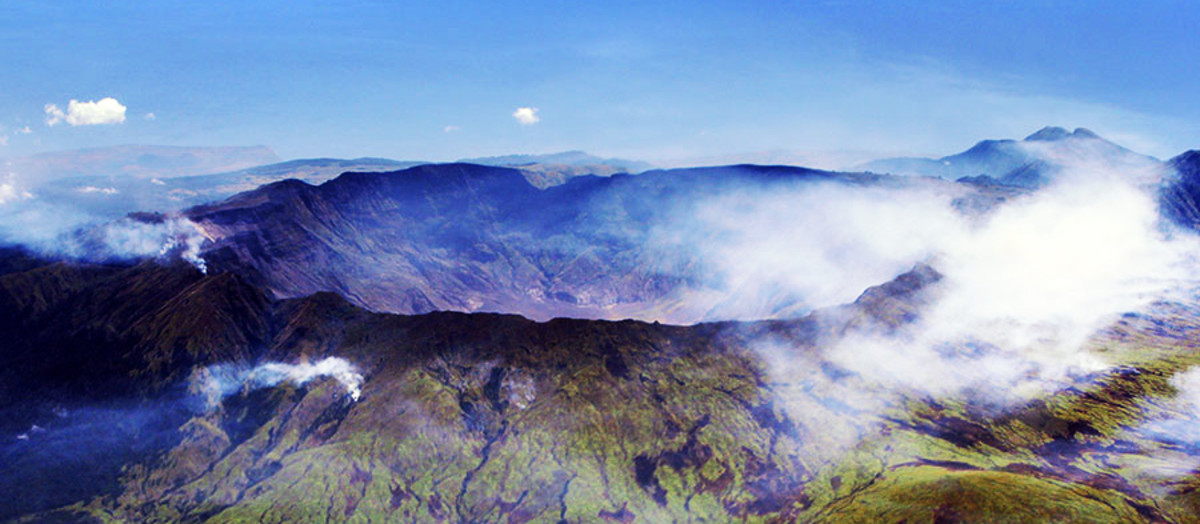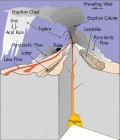Preparing for an Earthquake
Dos and Do Nots During an Earthquake
- Stay away from large windows and glassed in office towers during the quake
- Do not seek shelter in a door frame with a door on it
- Do seek shelter in a small room like a closet
- Triangular structures are strongest. Be aware of where some are nearby
- If on the coast, seek high ground immediately after the shaking stops
- Do not expect to be safe between large heavy objects
- Wooden structures tend to remain mostly intact, but can catch fire
- Do seek close by open spaces like a grassy area and lie flat.
- If in a car, remain there. Lie flat on the seat or floor and do not drive
- On a boat, head immediately to deep water.
- Book cases, full store shelves and warehouse are highly dangerous. Seek immediate escap
- Prepare and have access to a survival kit and have it in a place where it can be obtained like in the trunk of a car in the open
Surviving an Earthquake Takes Some Forethought and Preperation
The earthquake risk is more predominate in areas like the west coast of North and South America and Eastern Asia, but they can strike virtually anywhere. Sometimes there will be some warning like through harmonic tremors, earth lights, strange animal behaviour and other subtle signs. In Malaysia, two weeks before the great destructive earthquake and tsunami, the sea gypsies noted changes in fish and sea life behaviour before the main event. But, because they were low on the social scale, they were the object of contempt and ignored. The sea gypsies spend 80 percent of their time on open sea, living in boats several months at a stretch. They have an intimate knowledge of nature and that is what it takes to read these types of signs. Most of the time, this type of event will come without warning. Earthquake preparedness and survival must come before the event!
When the shaking starts, there are a number of things to expect. The ground will rock back and forth, up and down. Depending on the severity measured on the Richter scale, you can expect to see lamp fixtures sway, books and crockery to fall off shelves, glass and masonry to crack, break and fall, walls to crack, houses, towers and infrastructure to collapse up to major land shifts. In light earthquakes you can expect to be dazed, surprised and have an adrenalin rush. In a major quake, you can expect to be knocked off your feet and not even be able to crawl, rolling back and forth as the earth moves beneath you. Quakes can last for mere seconds to ones that go on for several agonizing minutes. There can be after-shock earthquakes, some almost a big as the original event. There can be secondary events like tsunamis and fire-storms. You will need to be already prepared.
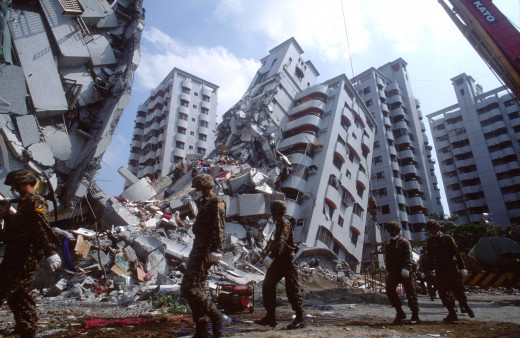
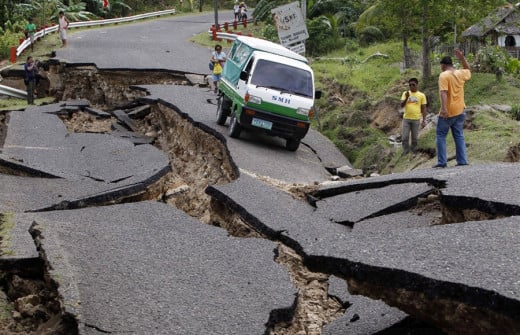
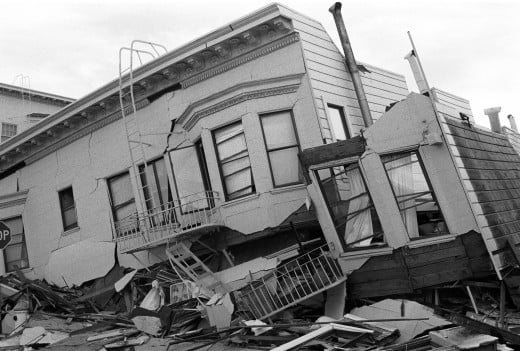
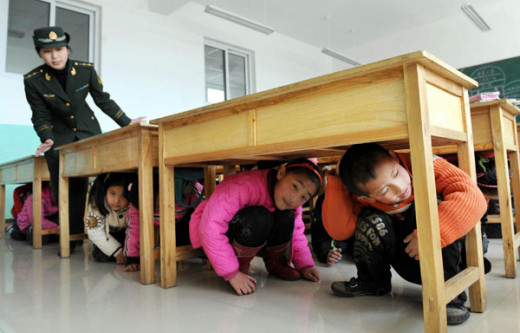
What is the Safest Strategy During an Earthquake?
Keeping Safe in an Earthquake
To be safe in an earthquake, you must take a couple of approaches. You must be proactive and reactive. To be proactive means to be prepared before the quake strikes and to be fully ready to be in your own and to survive the hostile post earthquake environment. This environment includes the distinct possibility of dozens of aftershocks, some of which will be almost as severe as the original quake. To be reactive is to take an instantaneous response to the situation when the quake strikes and to take evasive action to prevent your own injury.
Imminent earthquakes will give you some warning, provided you know what to look for. Prior to the great sub oceanic earthquake and subsequent tsunami of Dec, 24th, 2004 near Malaysia, the sea gypsies noted changes in the habits and habitat selection of the ocean fish up to two weeks in advance of the disaster. This took almost everyone else by surprise. It was also noted that in the days just prior to the disaster that elephants ran off screaming to higher ground. Similar events took place when dogs and cats became agitated and disappeared. Just prior to the quake and tsunami, birds took to flight and refused to roost, preferring to remain airborne. Then the legendary quake and tsunami struck that affected 18 percent of the globe. Huge numbers of casualties resulted that could have been largely prevented, provided that people recognized what the animals were telling them by their behavior. Just prior to the double disaster, had they taken note of the direction of travel of escaping animals and the birds refusing to roost, they would have similarly headed to the hills, reducing casualties to a handful instead of over a hundred thousand. They would have headed to clearings away from buildings and unstable trees.
So it is everywhere else, especially in the ring of fire around the Pacific Ocean. This is an earthquake and tsunami zone and we need to have this on our minds and to be aware of any signal from nature that could clue us in on imminent peril from earth movements and sudden flooding. Indeed, you could be thousands of miles from the quake, but still be over run by a tsunami. In this case, you will have to be acutely aware at all times of strange and atypical animal behavior. If you are near the waters edge and the tide suddenly recedes away well past the line of sight, do not hesitate and get to high ground immediately. You have mere moments! On the other hand, if the ground starts to shake, stay away from any unstable and heavy objects. Get away from any glass awnings or large plate glass building display windows. If you are near a skyscraper, there can be a deadly rain of a huge quantity of falling glass.
If during the earthquake, you find yourself inside, hopefully you will have a survival kit nearby. Take this and place yourself next to a stout piece of furniture so that it is between you and the wall. If the wall falls, it could push the furniture sideways and if you're between the wall and the furniture, you will get badly injured. If you are in the right position, the falling walls and ceiling will form natural triangular void spaces between the compacted tops of the furniture and the floor. This will give you some space if you are lying next to the furniture where the void will form. You will escape serious injury, though you may be trapped for days. This is where an emergency survival kit with water and food will be helpful until rescue reaches you. Expect to be trapped for up to a week and conserve your resources accordingly. If you hear someone, yell out, but only if you hear someone who is looking for survivors. Unfortunately, there are those who will steal and loot in such tragic circumstances.
Do not place yourself in a door frame. If the wall collapses and takes the frame with it, you will be injured and crushed by the pan caking ceiling. Do not place yourself under a desk as the weight of collapsing material will crush the desk down to its natural compacted height and you with it. Similarly, don't hide under a bed or a wooden stairwell for similar reasons. It is best to be near something that will not compact much and be on the side away from falling walls, especially if they are brick, cinder block of cement. The earthquake may be so severe that it is impossible to stand up. Crawl or roll to the safest area and curl up, protecting your head with your forearms and hands. Close your eyes tightly and wait out the shaking which could be minutes in duration. Stairwells are just about the worst place to go in an earthquake. The moving and jostling walls and landings grind against each other disintegrating the risers and treaders and these pieces will do terrible damage to you as you fall through the disintegrating stairwell.
Earthquake simulations demonstrate that iron buildings are not as safe as they were once thought to be. Riveted and welded iron girders will snap apart, causing the suspended piece to collapse. However, large crossbeams can form large voids if they collapse on one end only, which is often the case. The same simulations demonstrate that rebar reinforced concrete fares the best even during earthquakes near Richter eight. Even though there is substantial structural damage, the building will still be mainly upright and intact. The danger here is due to liquefaction of the ground on which the building rests. The building may actually list to one side, or topple intact onto its side. What's the best scenario here? I hope you are on the ground floor!
If you are in a car, duck down below the bottom of window areas and stay there. Chances are if you are in the open, you will survive with only scratches. If you are near a column on a bridge or underpass, get out of the car and curl up beside it preferably out of the fall zone of the column. If a quake strikes at night, roll off the bed and curl up beside it. When ceilings and walls fall, a safe void will occur beside the bed, even when the legs collapse.
Wooden buildings are safest to be in as they tend to flex, but if there is loose furniture inside, these can jostle about and cause considerable injury due to the erratic movement in the earthquake. It is best to be in an area where there is little furniture, such as in a closet. If you're in the kitchen, get out. Kitchens are the most dangerous place to be in an earthquake due to objects like knives that can become airborne. If the wooden building collapses, there will be voids large enough to stand in and these will be relatively stable. You may even be able to walk out after the shaking stops. The real danger with wooden buildings is from fires triggered by ruptured gas mains and the like during the shaking.
Those of you who work where there are stacks of non compressible material such as lumber, paper, bolts of linen, etc. will fare the best. Natural voids will form next to these as this material will not compact much when ceilings and walls collapse.
After the shaking stops, there will be rescue efforts launched. You need to remain calm until someone finds you and begins the extraction process. Conserve your energy. If there are after shocks, which there are often are, then ride them out. Aftershocks are often less severe and little further damage will result. Remain in your triangular void unless you can safely get out yourself without further injury.
Expect the unexpected
References:
http://www.valdezalaska.org/history/earthquake.html
http://www.vibrationdata.com/earthquakes/alaska.htm
http://quake.wr.usgs.gov/info/1906/
http://www.sfmuseum.org/1906/06.html
http://www.sklpconline.co.uk/earthquake/contents/splash/measuring_earthquakes.htm
http://news.nationalgeographic.com/news/2005/01/0104_050104_tsunami_animals.html
http://news.nationalgeographic.com/news/2003/11/1111_031111_earthquakeanimals.html
http://www.sheldrake.org/papers/Animals/animals_tsunami.html
http://www.bt.cdc.gov/disasters/earthquakes/

